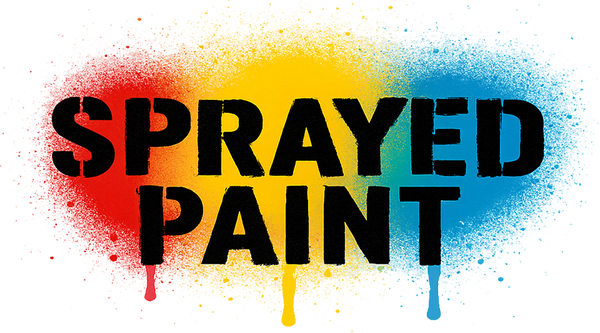Artwork Description
Mannequin 3 Original Mixed Media Sculpture Mannequin Artwork by graffiti street artist modern pop artist Denial.
2013 Signed Original Sculpture Covered with Hundreds of Custom Brand Stickers Artwork Size 51x26. Canadian artist Denial and Australian-born Ben Frost have joined forces in a bold exhibition of new work that explores the boundaries of appropriation in confronting re-imaginings of our current dystopian society.
In the dynamic intersection of street pop art and graffiti artwork, the 'Mannequin 3' original mixed media sculpture by the artist known as Denial stands as a compelling commentary on consumer culture and the saturation of branding in modern life. This 2013 signed original sculpture is a profound exploration of identity and materialism, meticulously covered with hundreds of custom brand stickers, each a testament to the pervasive reach of commercial influence. Denial, a Canadian artist, has built a reputation for his thought-provoking works that often incorporate elements of pop art with a twist of subversion, challenging viewers to reconsider their surroundings and the messages they are bombarded with daily. This particular piece, with its life-sized mannequin form, becomes a canvas that reflects our society's obsession with brands and the commodification of human identity. The mannequin is transformed into a mosaic of commercial logos, each sticker meticulously placed to create a tapestry that is both familiar and unsettling. This sculpture symbolizes the artist's style, which often merges humor with critique and blurs the lines between high and low culture. By appropriating the very symbols of the consumerist society, Denial forces a dialogue on the value we place on brand identities and their invasive presence in our lives. The artwork's size, 51x26, gives it a presence that cannot be ignored, dominating the space and demanding contemplation. Through 'Mannequin 3', Denial, in collaboration with Ben Frost, an Australian-born artist known for his provocative work, invites viewers to navigate the complexities of appropriation and the role of branding in our understanding of the world. The sculpture is not just an object of art; it is a statement on the state of our society—a society in which the line between person and product is increasingly blurred.


